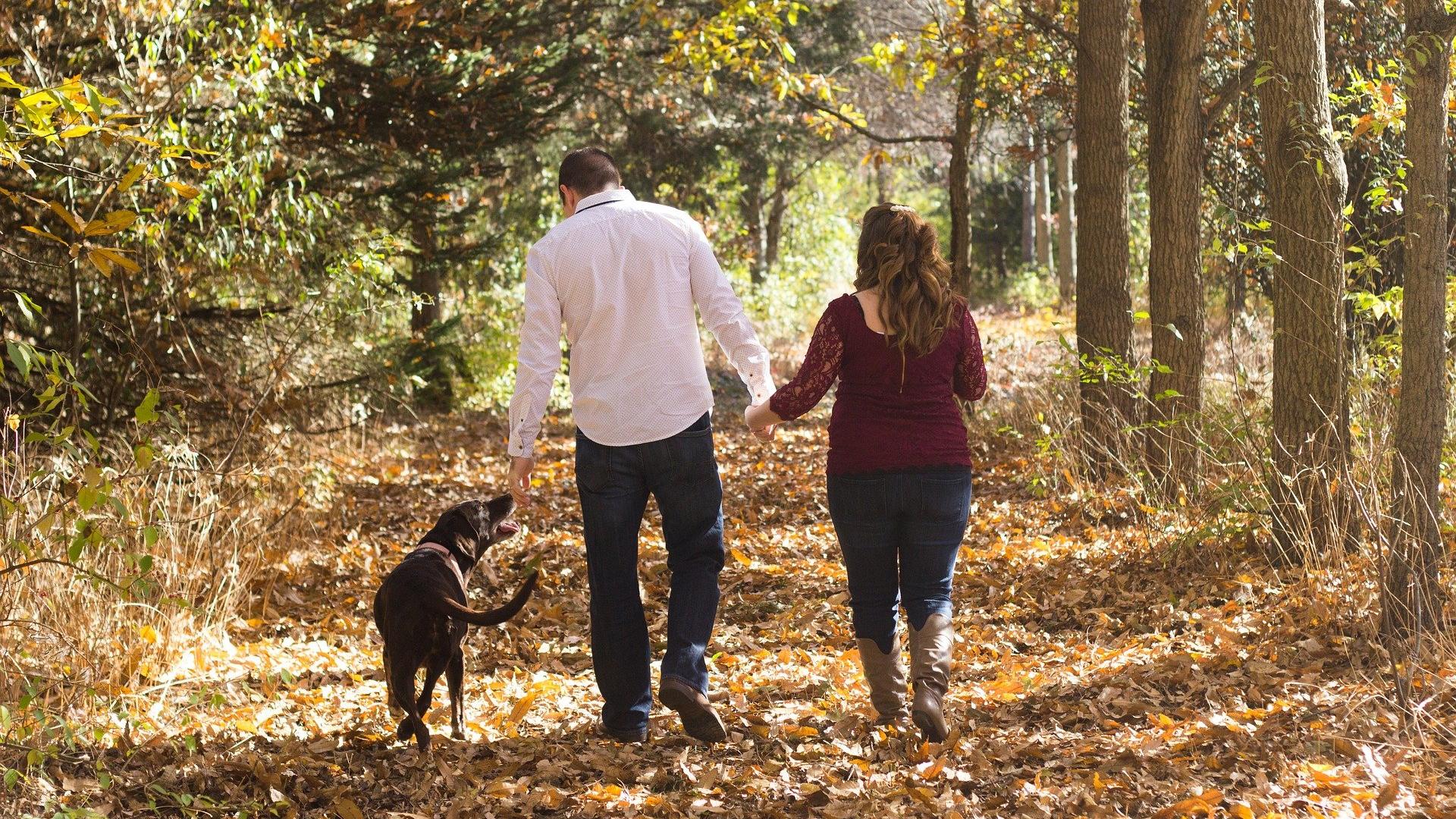The problem
People living in cities need access to green space and trees for their mental and physical health and nature needs space to thrive. But green space in and around cities is fragmented and is often not managed to fulfil its potential for either ecological or human health. It’s hard for local people to make the case for change when they can’t easily see or feel how it could be different.
The challenge
Would giving an identity to priority areas for land use change in the environs of a city like Bristol have the potential to capture the imagination of campaigners, local residents, decision-makers and landowners to drive a movement for change?
What next
Read more about how they used the approach in Lancaster.
Develop an open-source methodology to enable other areas to adopt the approach. Explore different creative strategies for capturing people's imagination about the hope spots and their potential.
If you would like to discuss how this work could be applied in a different context (perhaps weighting criteria differently) or with an emphasis on particular types of land use, like food growing, get in touch.


